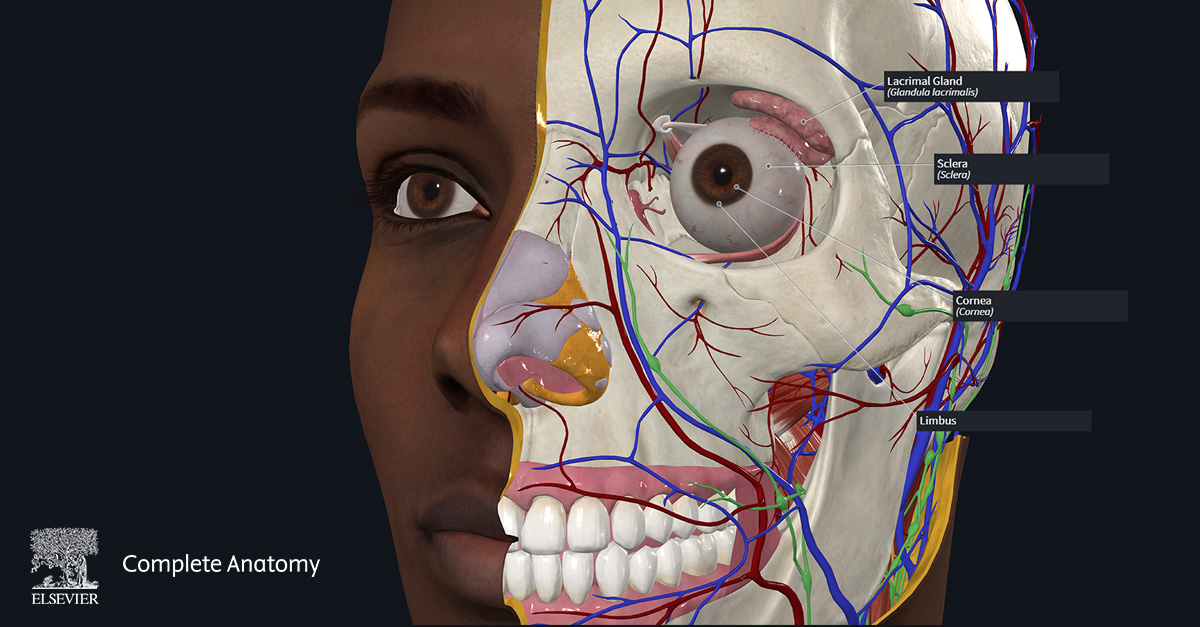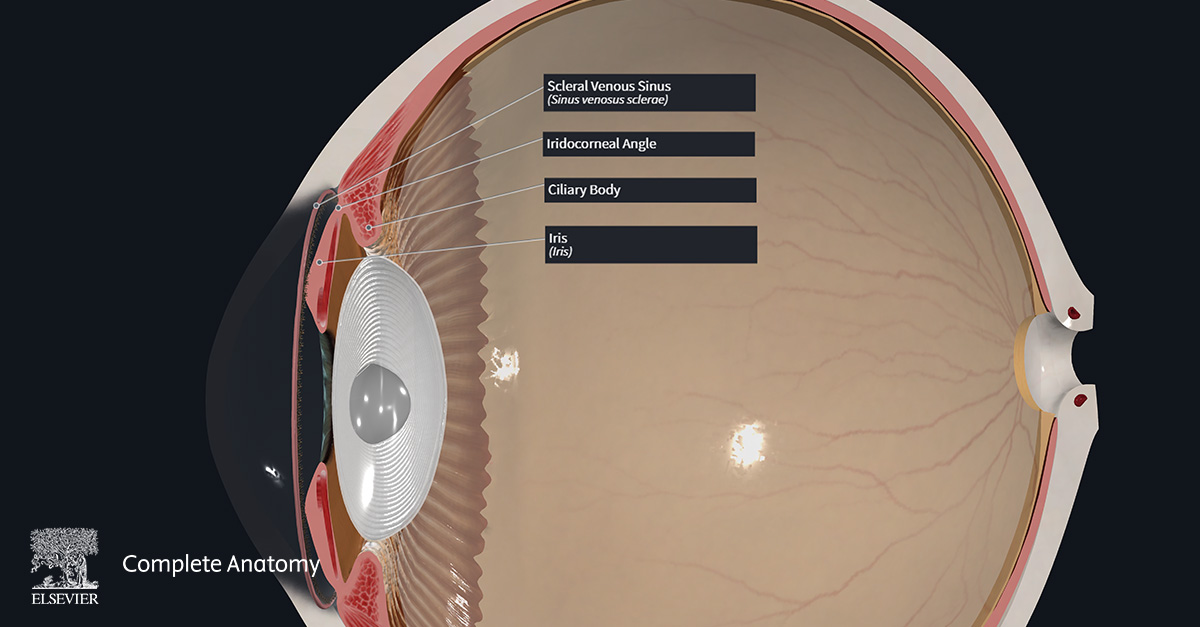
January is Glaucoma Awareness Month.
The optic nerve, a bundle of more than 1 million nerve fibers, connects our eyes to our brains, allowing us to see. Glaucoma refers to a group of eye conditions that cause progressive damage to this crucial structure and is a leading cause of vision loss, leaving over 4.5 million people blind worldwide.
Glaucoma is a largely silent disease – early stages are asymptomatic, which is why 50% of people with glaucoma are unaware they have it. There are a number of subtypes of glaucoma, including open-angle, narrow- or closed-angle, and congenital.

The foundations of glaucoma – its diagnosis and treatment – are rooted in anatomy. A solid understanding of the anterior segment of the eye is fundamental to understanding the underlying mechanisms of glaucoma.
Although glaucoma ultimately impacts the optic nerve, its primary cause is often related to an interruption in the drainage pathway for aqueous humor, resulting in increased intraocular pressure (IOP). Elevated IOP can impact the optic nerve and lead to the characteristic vision deficits associated with glaucoma. Aqueous humor flows through the trabecular meshwork at the irideocorneal angle into the scleral venous sinus (Canal of Schlemm), before draining into the episcleral venous system. Any interruption in this pathway can elevate intraocular pressure.
While glaucoma has numerous risk factors, two primary ones are age and population affinity. Glaucoma is six times more common in individuals over the age of 60, with risk increasing if they have a family history of the disease.
In the United States alone, more than 3 million people are affected by glaucoma. We know that it disproportionally impacts specific populations. Previously described in terms of “race or ethnicity,” we can more accurately describe these groups as having a ‘population affinity’- groups with shared aspects of culture, genetics, and geographical origins. For example, in the US, glaucoma is 3-4 times more common in Black and Hispanic populations. In Black populations, the onset of the disease occurs about 10 years earlier than in other populations. Additionally, South Asian, Chinese, and Inuit populations are at significantly higher risk for closed-angle glaucoma.
Further research is essential to unravel the specific causes behind these disproportional risk factors –whether anatomical, genetic, environmental, or a combination of influences.
Use Complete Anatomy to explore eye anatomy further with the Eye Detailed Model and the Anatomy of the Eye course. Learn about clinical aspects of ophthalmology with the Clinical Ophthalmology course available on our platform.